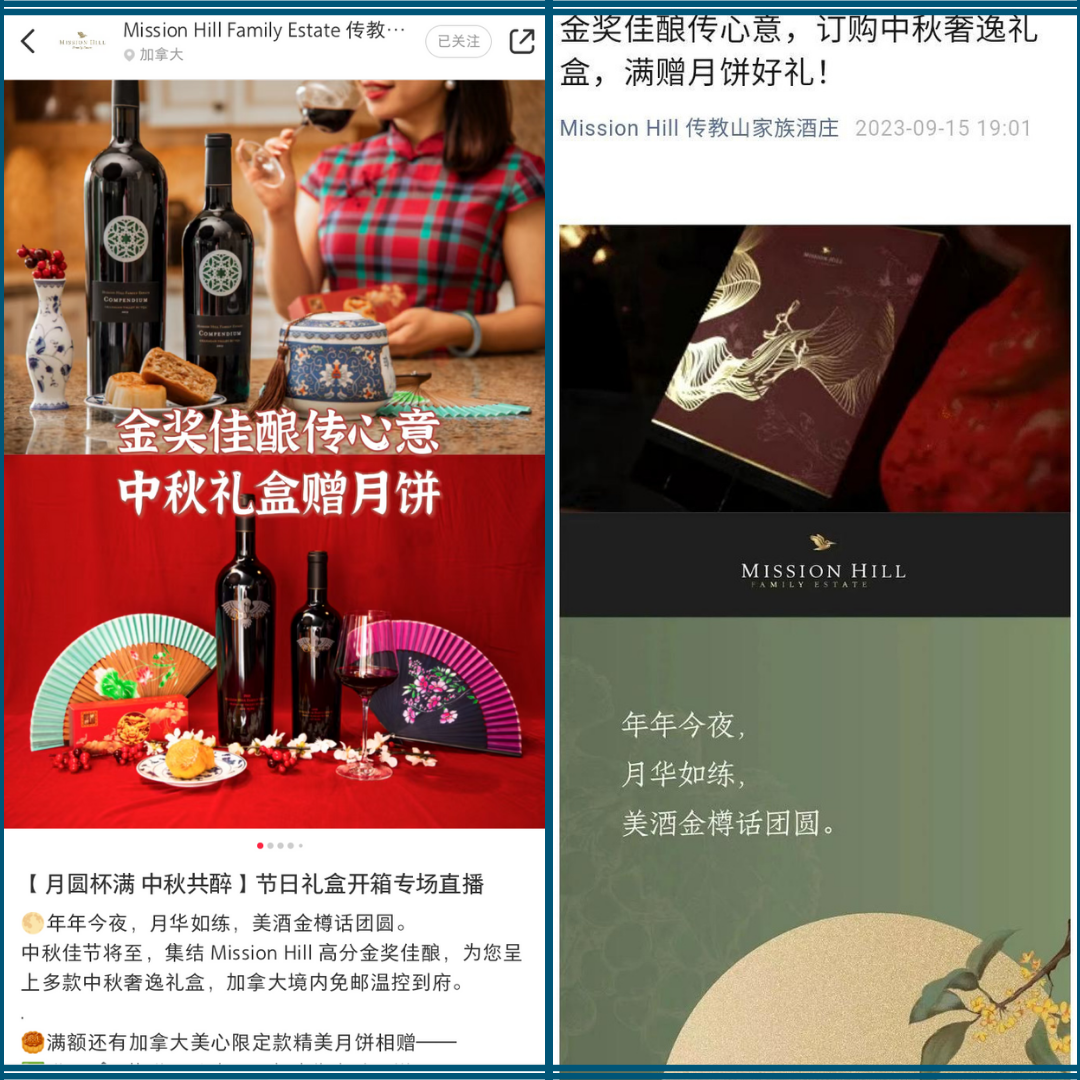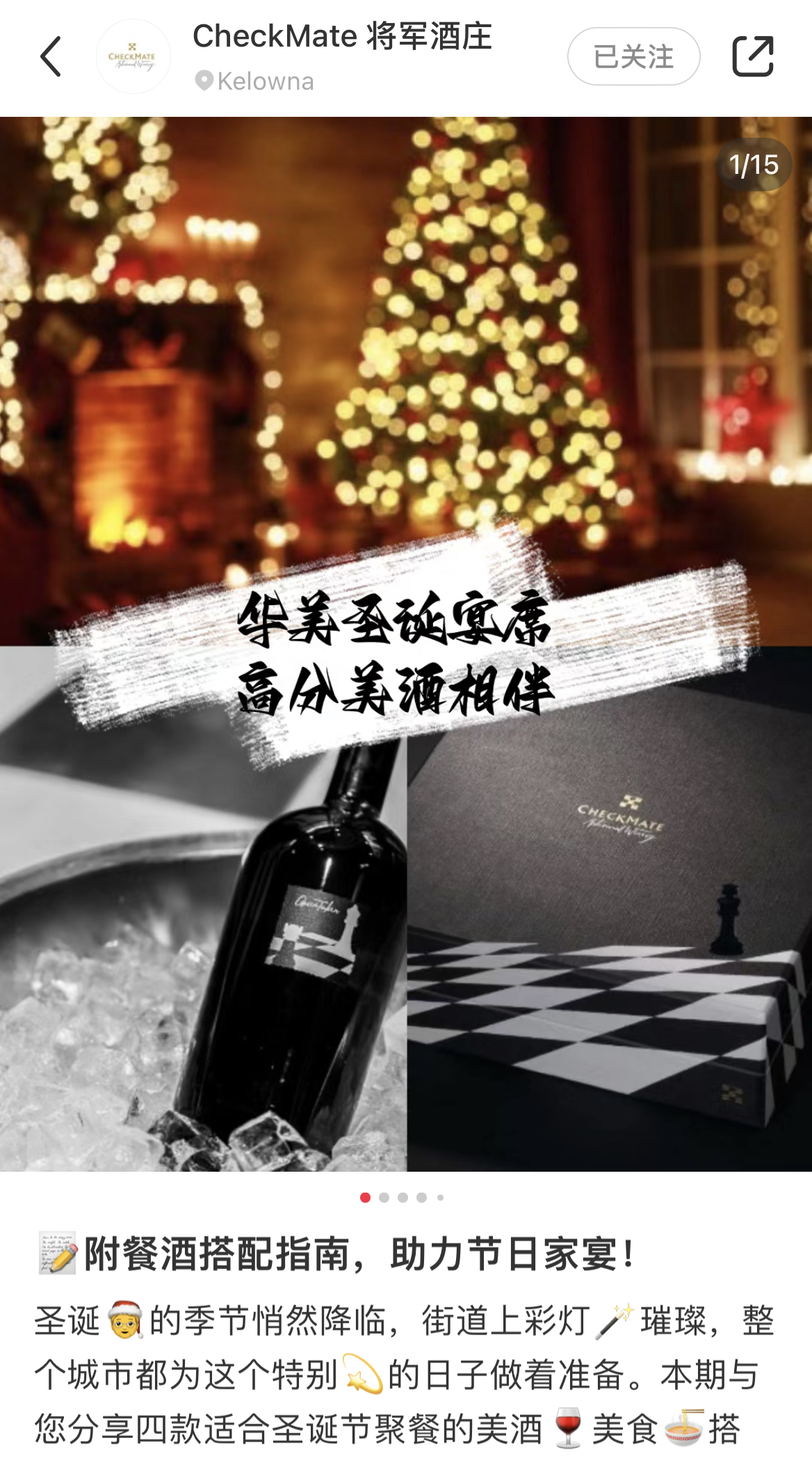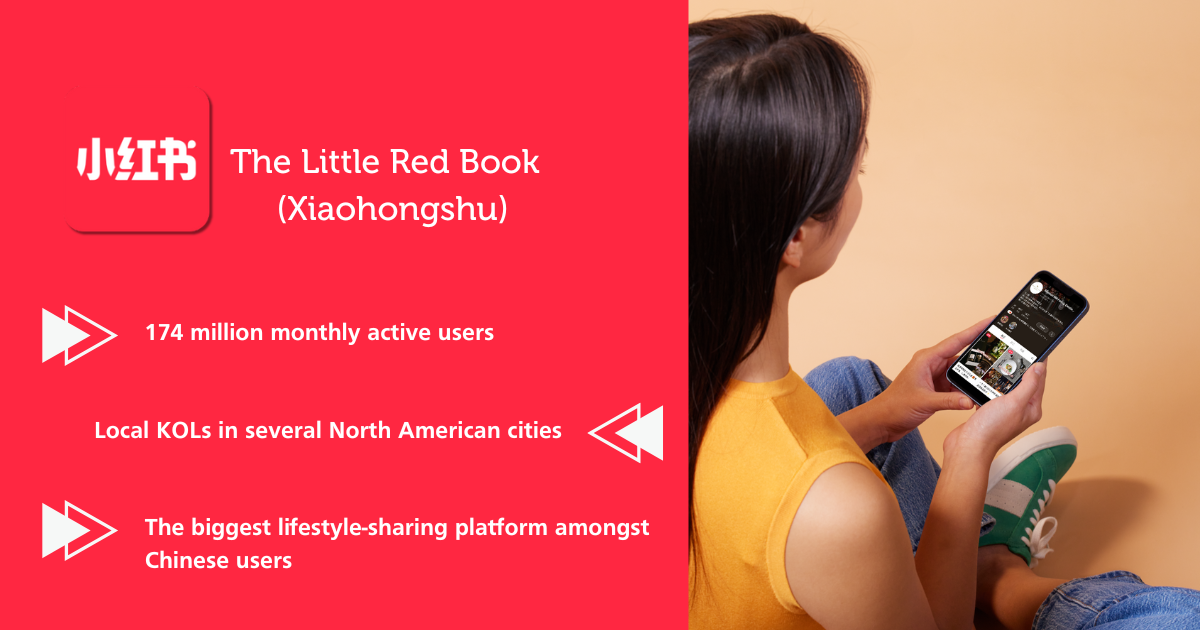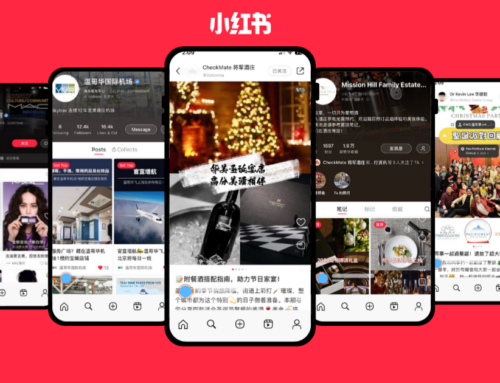The landscape of social media marketing is constantly evolving, and for businesses looking to target Chinese consumers in North America, a new frontier has emerged: RED (Xiaohongshu) also known as the little red book. But what exactly is RED, and why should you care? This powerful platform offers a unique blend of social networking and e-commerce, where users discover trends, share authentic reviews, and connect with like-minded individuals – all through captivating photos, videos, and engaging content.
At LAT Multilingual, our Chinese marketing team works with clients like Vancouver International Airport, the Mark Anthony Group and several other brands to help them connect with Chinese customers here in Canada and the US through translation, marketing adaptation, and strategic social media marketing on platforms like WeChat, Weibo, and, increasingly, RED. Given the latter’s explosive growth, I asked our team to share insights on how to unlock the platform’s potential for your business.
A Peer-to-Peer, Multi-Purpose App
RED, also known as Xiaohongshu, is a popular Chinese social media platform. It combines social networking with e-commerce, allowing users to discover and share product recommendations, travel experiences, fashion trends, beauty tips, and more through photos, videos, and reviews.
Think of it as Instagram meets Amazon but with a twist. Unlike other platforms, RED thrives on user-generated content. Users can not only browse recommendations but also seamlessly purchase products directly within the app, creating effortless navigation from inspiration to purchase.
RED’s Most Frequent Users
With over 100 million monthly active users, RED presents a significant opportunity for e-commerce brands.
- In September 2023, nearly 33 percent of Xiaohongshu’s (also known as Red or Little Red Book) active users were under 24 years old.
- 70% of the platform users are reportedly born after 1990, and nearly 70% of them are female.
Current Trends
According to our Chinese Content Manager, Xin Xu, “Trends on RED include the rise of live streaming for product demonstrations and sales, the increasing popularity of short-form video content, the emergence of niche communities focused on specific interests such as luxury fashion, beauty, and fitness, and the growing influence of micro-KOLs (Key Opinion Leaders) and content creators.”

RED is also seeing a surge in the use of augmented reality (AR) and virtual reality (VR) technology to provide immersive experiences. As a user-generated content platform, RED has evolved into a go-to destination for individuals seeking reliable answers and authentic experiences.
Leveraging RED for marketing & communications
Businesses looking to leverage RED for multilingual marketing should focus on creating authentic and engaging content that resonates with the platform’s user base. They should also prioritize building relationships with KOLs and influencers, leveraging user-generated content, and implementing targeted advertising strategies.
Due to the strict rules that RED has, businesses also must navigate the many stringent regulations to operate effectively on the platform. Understanding and adhering to these rules is paramount to maintaining a positive presence and avoiding potential penalties or account suspensions.
A good start is to immerse yourself in the community, observe trends, and engage with content to gain insights into what resonates with users. It’s also important to engage with the community and participate in discussions. RED is a very visual platform, so eye-catching images and videos are crucial for standing out and capturing user’s attention.
Key Factors Driving RED’s Popularity with Chinese Users
A pivotal factor in RED’s success is its adept use of algorithms to curate personalized experiences for each user. This personalization extends to the platform’s e-commerce functionalities, where product recommendations are closely aligned with user activities and past purchases, making shopping more intuitive and satisfying.
“RED’s popularity in the Chinese market is credited to its user-generated content”, says Tianran Wu, Marketing Manager at LAT Multilingual. “Influencer partnerships, and integration of social networking with e-commerce, making the little red book a staple for Chinese consumers. Authentic reviews and recommendations build trust among users, creating a strong community. RED also provides users with personalized content and e-commerce appeal through live streaming and ease of online shopping. Integration with social media platforms amplifies its reach, attracting new users.”

Cultural Nuances & Sensitivities Businesses Should Be Aware Of When Marketing on RED
Businesses should be mindful of cultural sensitivities and the platform’s rules for business when marketing on RED. It is also preferable to get verified by RED, to promote products and services. Marketing messages should align with Chinese values and reflect genuine experiences. Additionally, understanding cultural references and local preferences is crucial for effective communication on RED – as well of course as on any peer-to-peer platform.
Helping Businesses Succeed on RED
LAT Multilingual’s Chinese marketing team works with clients to adapt their existing strategy for RED. This involves localizing content and making sure it is optimized for RED. LAT also helps clients, from small businesses and large corporations to public organizations, register their RED account, building awareness, driving sales and fostering strong customer relationships through targeted content and advertising strategies. The team has implemented successful community outreach campaigns on RED and often incorporates key festivals such as the Lunar New Year, to help clients reach their Chinese customers with culturally adapted content and influencer collaborations. “Ultimately, we help brands achieve their marketing goals within the Chinese market”, concludes Tianran.
In writing this article about RED, I felt a lot of enthusiasm from our Chinese team during our consultations. To capture their excitement and unique perspective, I decided to let them elaborate on a few key points in their own words. Here’s the interview that resulted:
- What makes the Little Red Book unique compared to other Chinese social media platforms like WeChat and Weibo?
Tianran explains, “WeChat is a multipurpose platform with a strong emphasis on messaging, social networking, and mobile payment services. Its focus extends beyond content sharing to include communication, commerce, and utility services, such as transportation, booking, and bill payment.
Weibo, on the other hand, is a microblogging platform similar to Twitter, focusing primarily on real-time sharing of short-form content, news updates, and discussions.
Compared to WeChat and Weibo, RED stands out for its open platform, word-of-mouth recommendations, niche focus on useful lifestyle content and life experience sharing, and social commerce. It cultivates a community-driven environment where users are motivated by the platform to share authentic experiences and recommendations, fostering high levels of engagement and trust among its predominantly younger and affluent user base (mostly women).”
| Read more: WeChat Channels: A great tool for marketers
- What is the importance of KOLs (Key Opinion Leaders) and influencers on RED and how to effectively collaborate with them?
Tiranran emphasizes, “Given the nature of the platform which is to encourage authentic reviews and originally created content, KOLs and influencers play a vital role in RED, shaping consumer preferences and influencing purchasing decisions. They also make good examples of how regular users like them could grow into leading influencers, benefit from posting quality content, and encourage more users to join their community.”
Businesses can effectively collaborate with them by identifying relevant influencers within their target niche, fostering genuine partnerships, and providing creative freedom to align with the platform’s authentic content culture. Leveraging KOLs’ credibility and influence can significantly enhance brand visibility and engagement on RED. LAT maintains good relationships with its network of local RED KOLs that its clients can benefit from.
Ready to take the next step?
Contact us today for a free consultation. Our Chinese marketing experts will help you craft a targeted RED marketing strategy that resonates with Chinese consumers and drives results.















